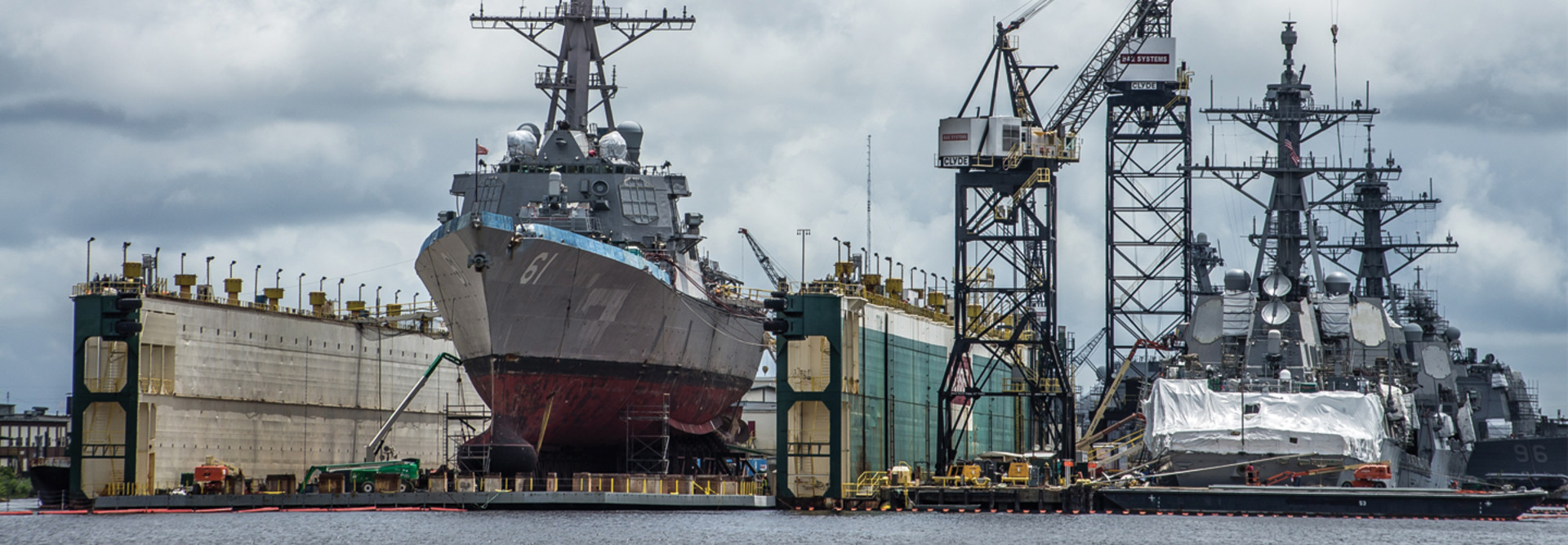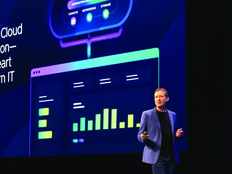Navy Looks to Save Money via More Automated Ship Maintenance
Drones will inspect ships, and then the AI tools will use the images they capture to identify maintenance needs, especially areas of rust and corrosion, to help engineers prioritize which repairs need to happen first. The technology can also cut down the amount of time a ship needs to remain in a shipyard for repairs.
Over time, as the machine learning models are refined, the Navy may be in a position to predict when and where rusting might occur. To do so, the technology partners will likely need to incorporate “additional Navy assets, data sets, sensors and integration with Navy systems,” a Google Cloud spokesperson tells Nextgov.
“The AI technology behind this enabled the U.S. Navy to quickly and seamlessly examine tens of thousands of images to prioritize the needs to be repaired immediately and or later on,” Mike Daniels, vice president of global public sector for Google Cloud, tells Breaking Defense.
The overall goal of the program is to help the Navy cut down on the labor and material costs of inspections and to make ship repairs more efficient. Navy corrosion experts will work with technology partners to “properly label images as they are ingested to ensure the model is trained accurately,” Nextgov reports.
“The tools we’re providing can not only save the Navy billions each year, but significantly improve readiness and speed deployment,” Daniels tells Breaking Defense. “And this is a physical job right now. We’re improving results for the inspectors.”
Google will provide the Navy with its Cloud AutoML suite of products, which automates machine learning and provides software developers with limited experience the tools they need to build machine learning models.
The project is unlikely to raise any national security concerns. “There’s no classified data that’s going to be handled as part of this project,” Daniels tells Breaking Defense, noting that Google offers “a high level of protection for images stored in its cloud by default,” according to the publication.
Predictive maintenance that leverages the cloud is of keen interest across the entire Defense Department. Dell is partnering with Microsoft’s cloud/edge-based Azure platform and working with the Air Force, Marines and Army Special Forces on predictive maintenance and logistics. IBM is also working with DOD on predictive maintenance for vehicles.
FedScoop adds: “Other components of the DOD, like the Joint AI Center, have prioritized creating predictive maintenance models to cut down on the DOD’s massive sustainment budget.”
READ MORE: Find out how digital twin technology is helpinh the Navy with ship maintence.











